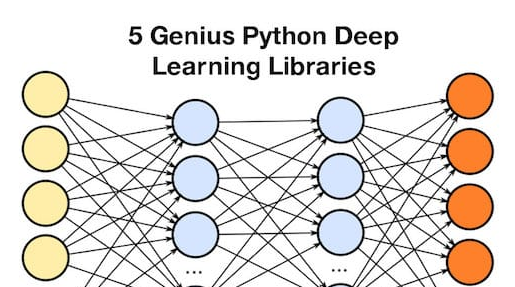Deep Learning with CNN (convoltuional neural network)
STEP 1: Understanding CNN
STEP 2: Software implimentations of CNN - e.g. TensorFlow
-
is a low-level library for CNN that is supported by Google
-
offers distributed computing.
-
tensorflow official site
-
tutorial site
-
intall instructions
Programming Options - e.g. Python
History of Python as language used by some Machine Learning communities
|
why not nodejs?Node.js is very well-suited for high I/O web applications, due to it's single-threaded asynchronous design. I myself am a huge fan of Node.js, but I know that it doesn't work well for every kind of application, particularly ones that require lots of computation, such as the case of ML. |
C++ or Java ---yes you can but, lately companies like Google (TensorFlow) while having interfaces in Java are primarily supporting Python first |

Front End Wrapper: Keras library with backend of either TensorFlow or Theano
-
example Python program using Keras
from keras.models import Sequential
from keras.layers import Dense, Activation
# Simple feed-forward architecture
model = Sequential()
model.add(Dense(output_dim=64, input_dim=100))
model.add(Activation("relu"))
model.add(Dense(output_dim=10))
model.add(Activation("softmax")) # Optimize with SGD (learning process)
model.compile(loss='categorical_crossentropy', optimizer='sgd', metrics=['accuracy'])
# iterate training data in batches
model.fit(X_train, Y_train, nb_epoch=5, batch_size=32) # alternatively feed in training data in one batch model.train_on_batch(x_batch, y_batch) # Evaluate model
loss_and_metrics = model.evaluate(X_test, Y_test, batch_size=32) # create predicitions on new data
classes = model.predicts(X_test, batch_size=32
concept of model in Keras:-
a sequence or a graph of standalone, fully-configurable modules that can be plugged together with as little restrictions as possible.
-
neural layers, cost functions, optimizers, initialization schemes, activation functions, regularization schemes are all standalone modules that you can combine to create new models
-
Sequentialmodel = a linear stack of layers.
-
